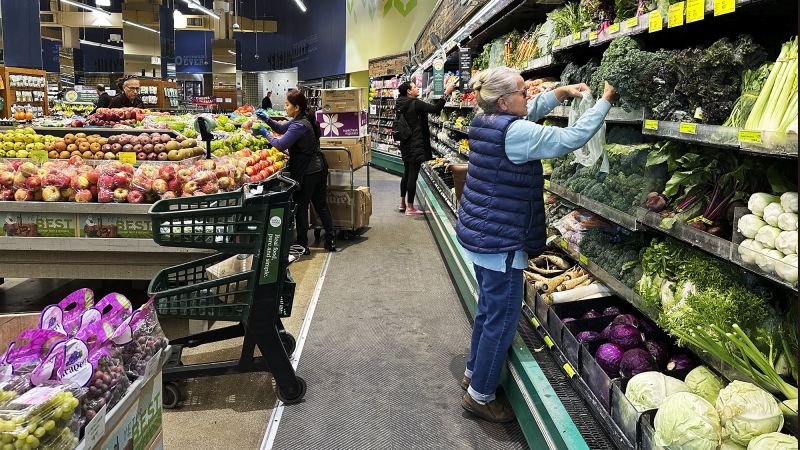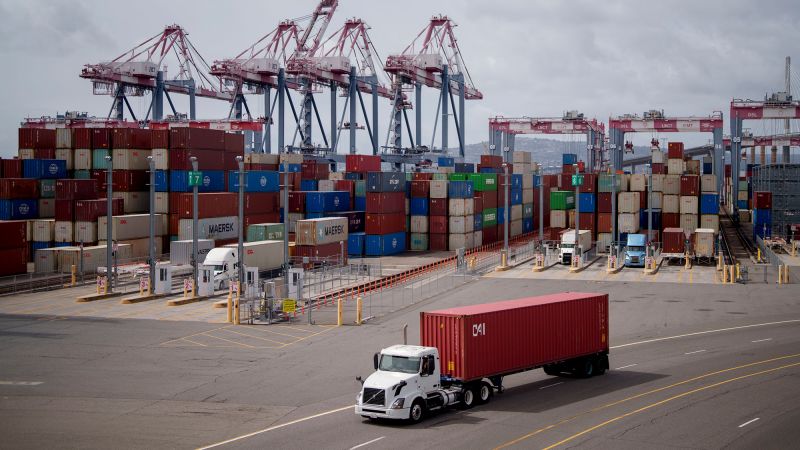—
Inflation heated back up again in November, but it likely wasn’t bad enough to keep the Federal Reserve from cutting rates next week.
Consumer prices were up 2.7% for the 12 months ended in November, moving higher from the 2.6% annual increase seen in October and marking the highest annual rate since July, according to the latest Consumer Price Index data released Wednesday by the Bureau of Labor Statistics.
On a monthly basis, prices rose by 0.3% after rising 0.2% for the prior four months.
Economists were expecting inflation to pick up by 0.2% from October and record a 2.7% annual increase, primarily due to unfavorable comparisons from a year ago and stubborn housing-related inflation.
However, in November, shelter-related costs weren’t the primary driver for the monthly increase: Shelter prices rose 0.3% for the month, accounting for nearly 40% of the overall gain. Instead, a big push came from food (up 0.4%) and energy prices, which rose 0.2% — the category’s first increase in six months.
Food and gas are two of the most visible and frequent ways that consumers encounter inflation; however, they’re also subject to a lot of volatility due to incidents such as weather and disease.
So, to get a better sense of underlying inflation trends, economists and policymakers closely look at “core” readings, which exclude food and energy costs.
Core CPI rose 0.3% for the fourth consecutive month, holding firm at 3.3%, where it’s been since September.
“The CPI print confirms the market consensus of another [quarter-point] rate cut from the Federal Reserve,” Josh Hirt, Vanguard senior US economist, wrote on Wednesday. “We are still closely monitoring the strength of the labor market and potential stickiness of certain components of inflation (shelter, services) heading into 2025.”
The CPI measures price changes across commonly purchased goods and services.
This story is developing and will be updated.



